When it comes to adding something truly unique and meaningful to your garden, Rue plants (Ruta spp.) offer both beauty and rich herbal history. Known for their distinctive bluish-green foliage, tiny yellow flowers, and pungent aroma, Rue has been cultivated since ancient times for its ornamental, medicinal, and even mystical properties. While it’s important to handle Rue with care (as it can cause skin irritation for some), its hardy nature and intriguing background make it a fascinating addition to any garden.
Here’s a list of 8 Rue plants you can grow for a unique, aromatic, and medicinal touch in your home garden.
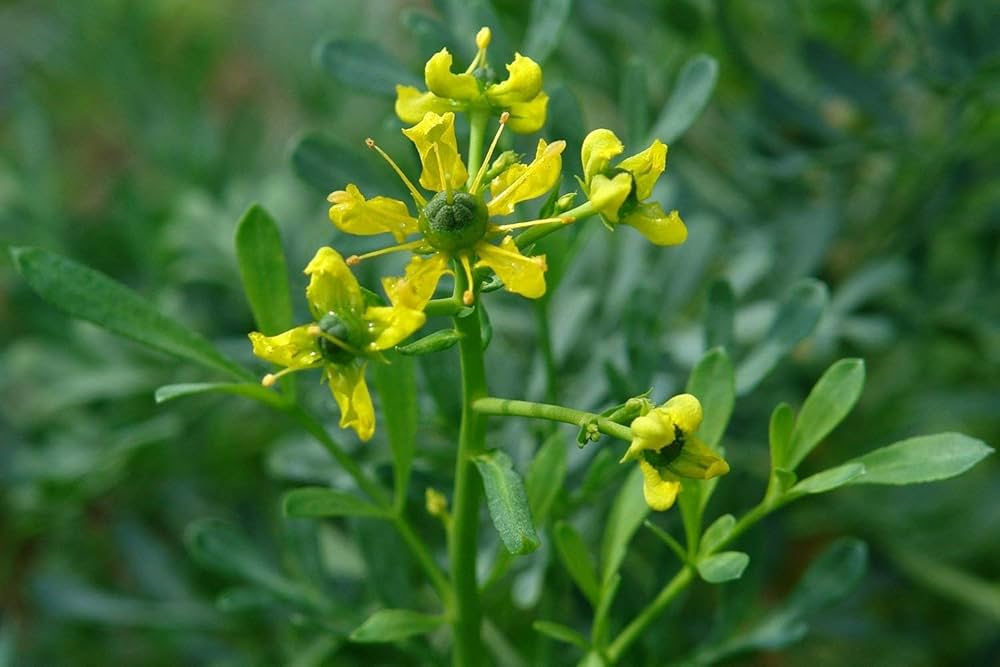
1. Common Rue (Ruta graveolens)
Common Rue is the most widely cultivated and recognized variety of this ancient herb. Its finely divided, bluish-green leaves and clusters of small, yellow flowers lend a soft, delicate look to herb borders and ornamental gardens. Historically, it’s been used in traditional remedies for digestive issues, muscle aches, and as an insect repellent. While it’s no longer a mainstream medicinal herb, Common Rue remains valued by herbalists for its historical significance and aromatic leaves. It thrives in well-drained soil and full sun, making it a tough, drought-tolerant plant for dry, Mediterranean-style gardens.
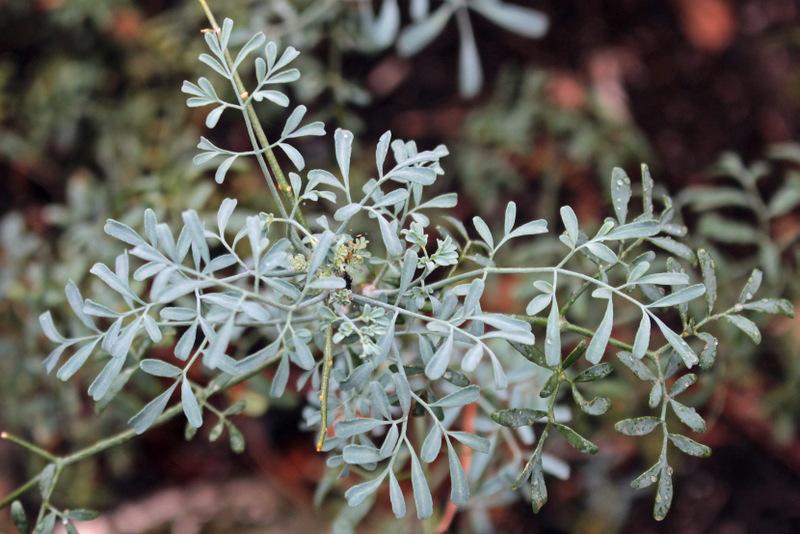
2. Fringed Rue (Ruta chalepensis)
Fringed Rue, also known as Egyptian Rue, offers a slightly bolder look with broader, more deeply lobed leaves compared to Common Rue. Its bright yellow flowers bloom in late spring to early summer, attracting beneficial pollinators. Medicinally, it has been traditionally used in North African and Middle Eastern herbal remedies for headaches, inflammation, and as a sedative. Gardeners appreciate it for its resilience in poor, rocky soils and its ability to tolerate heat and drought. It’s a fantastic choice for those looking to add texture and herbal history to their drought-tolerant planting schemes.

3. Rue ‘Jackman’s Blue’ (Ruta graveolens ‘Jackman’s Blue’)
A cultivated variety of Common Rue, ‘Jackman’s Blue’ is prized for its refined, silvery-blue foliage and compact growth habit. Reaching about 18–24 inches tall, it’s perfect for herb gardens, borders, and rockeries. Its distinctive blue-toned leaves set it apart from other Rue varieties, providing an attractive backdrop for brighter flowers and green-leafed companions. While it carries the same medicinal properties as its parent species, gardeners mainly grow ‘Jackman’s Blue’ for its ornamental qualities. It’s particularly attractive when paired with lavender, sage, and other Mediterranean herbs.
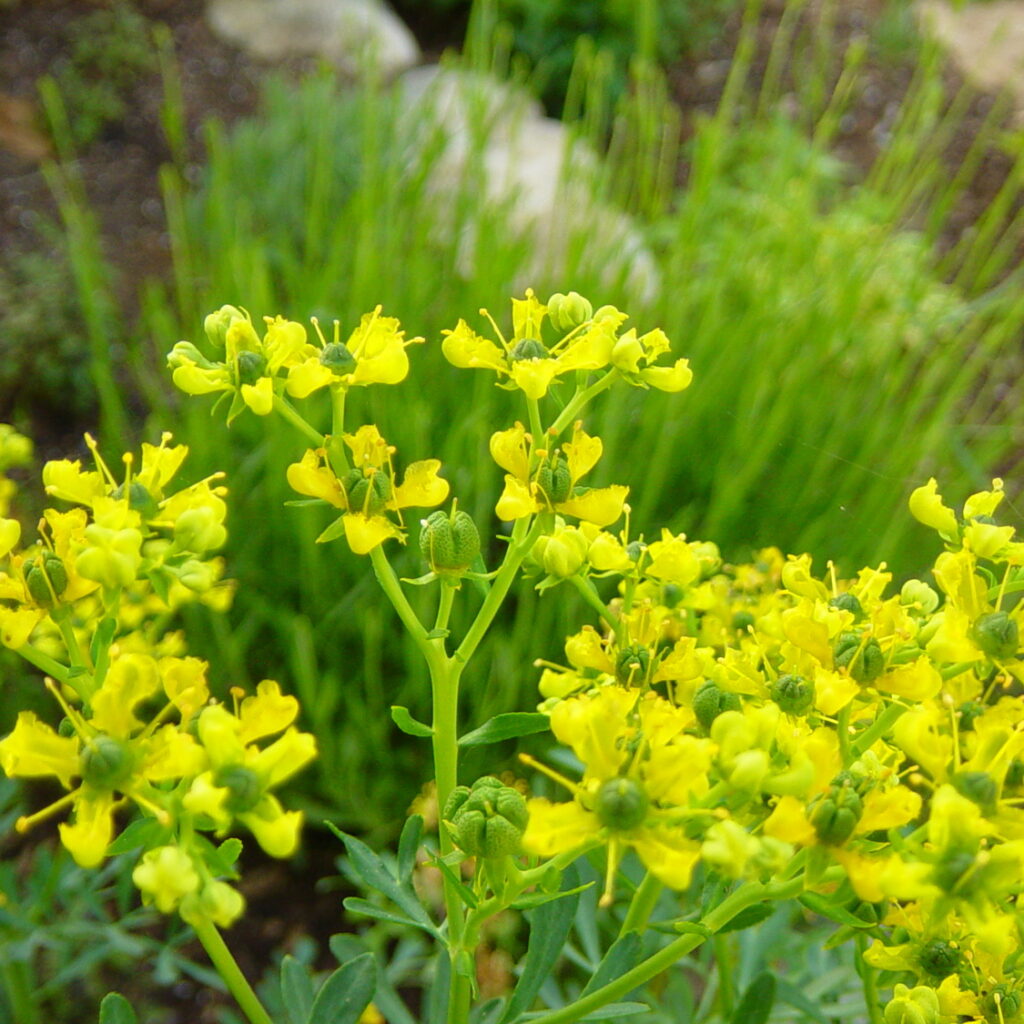
4. Broad-Leaved Rue (Ruta graveolens ‘Broad Leaf’)
As the name suggests, this Rue cultivar is characterized by its slightly wider, rounded leaves compared to other types. It still features the signature bluish-green foliage and yellow flowers but adds a slightly fuller, more robust look to borders and herbal displays. Traditionally, Broad-Leaved Rue has been valued for its uses in treating headaches, digestive problems, and insect bites. Its leaves were also used in old-world culinary recipes, though modern experts advise caution as Rue can be toxic in high doses. This plant’s hardy, drought-tolerant nature makes it a practical and striking addition to herbaceous borders.
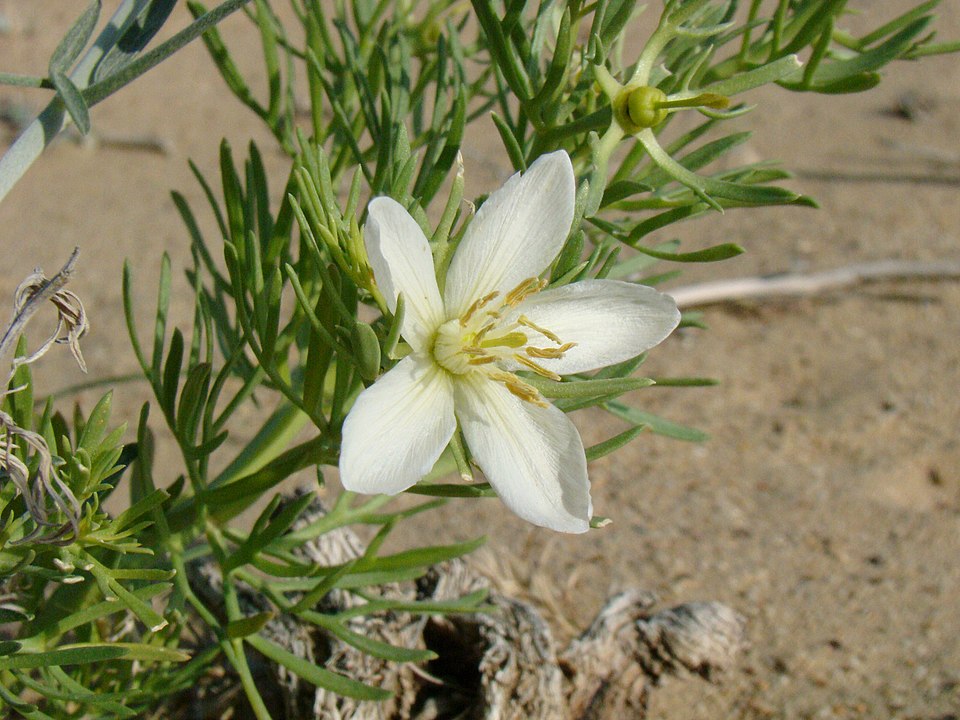
5. Wild Rue (Peganum harmala)
Often confused with Common Rue, Wild Rue or Syrian Rue belongs to a different plant family (Nitrariaceae) but is traditionally used in a similar way. Native to arid regions of the Middle East and Central Asia, it features small, narrow leaves and white to pale yellow flowers. It’s best known for its use in traditional rituals, as its seeds are burned as incense to ward off evil spirits. Medicinally, it has been employed in folk medicine for anti-inflammatory and analgesic properties. It thrives in dry, sandy soils and adds an exotic, ancient-world charm to Mediterranean or desert-themed gardens.
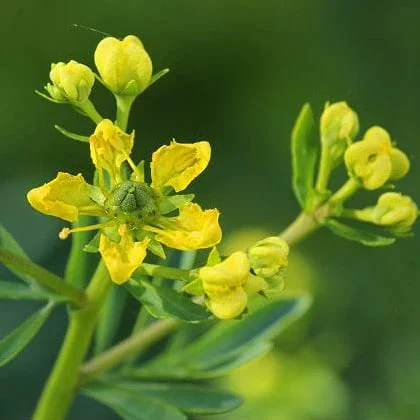
6. Ruta montana (Mountain Rue)
Mountain Rue is native to the mountainous regions of Southern Europe and North Africa. Similar in appearance to Common Rue, it boasts finely divided bluish-green leaves and small, bright yellow flowers. This variety is especially well-suited for rocky slopes, stone walls, and gravel gardens where drainage is excellent. Mountain Rue has a long history of use in herbal medicine for treating minor aches and promoting digestion. Its compact, bushy habit and drought-resistance make it an ideal addition to sunny herb gardens, while its historical significance appeals to those interested in old-world plant lore.
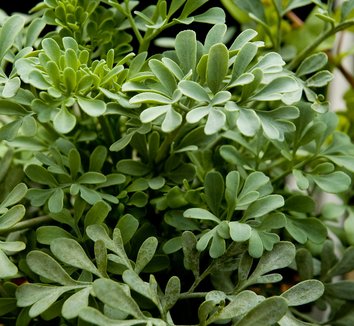
7. Rue ‘Ruta graveolens Variegata’ (Variegated Rue)
For gardeners seeking something truly eye-catching, Variegated Rue offers unique green and cream-flecked foliage that stands out in any herb or ornamental garden. While slightly less vigorous than solid-colored Rue varieties, its distinctive leaves and sunny yellow blooms make it a valuable accent plant. It maintains the same traditional uses as other Rues—digestive aid, muscle rub, and insect deterrent—but its main value today is ornamental. Grow it in containers or along garden edges where its foliage can be admired up close, especially when paired with purple and silver-toned plants.
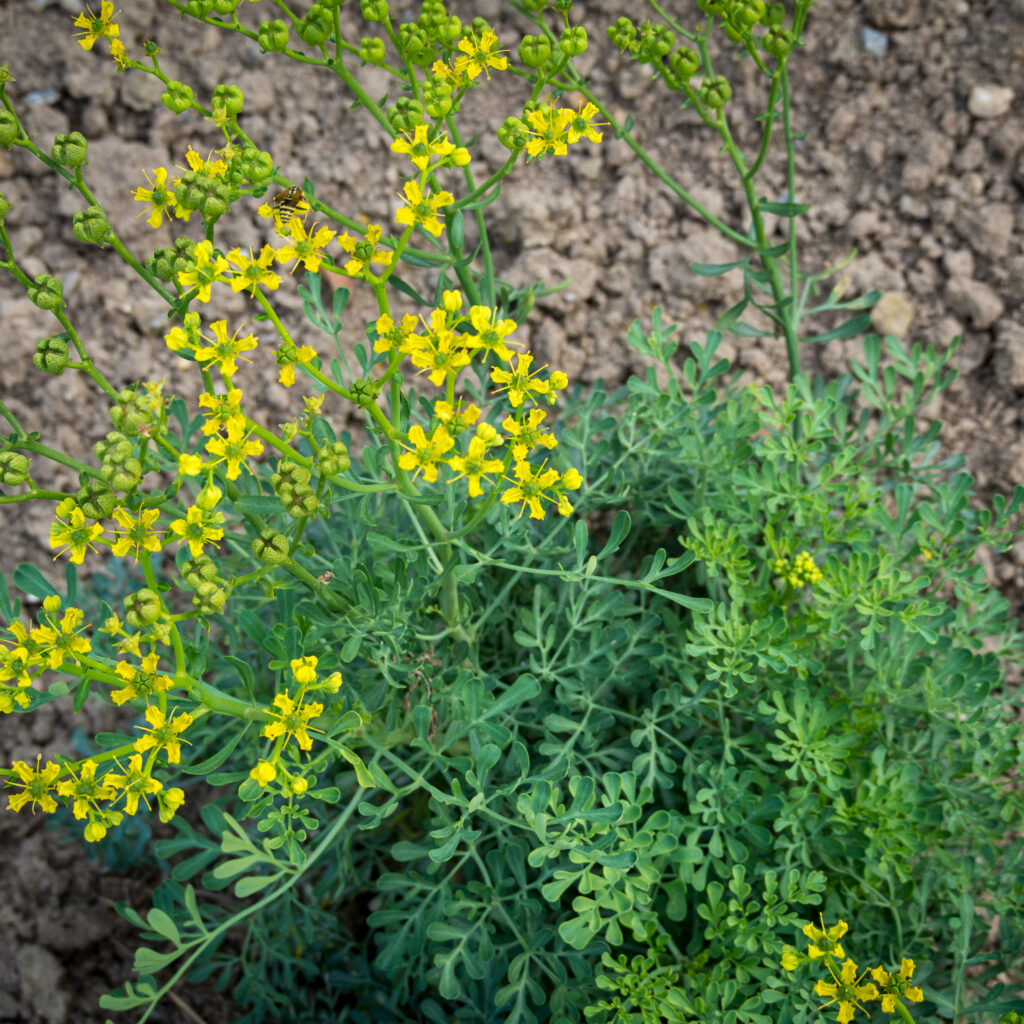
8. Greek Rue (Ruta graeca)
As its name suggests, Greek Rue originates from the Mediterranean regions of Greece and neighboring countries. It’s quite similar to Common Rue but is known for its more delicate, airy growth habit and lighter foliage color. Greek Rue has been traditionally used in folk medicine for its calming and digestive properties and has a long association with protection charms and religious rituals. Its fine-textured leaves and drought tolerance make it a fantastic addition to herb gardens, particularly when grown alongside thyme, oregano, and rosemary for a classic Mediterranean feel.
Final Thoughts
Rue plants are more than just ornamental shrubs. They carry with them centuries of medicinal use, cultural symbolism, and old-world charm. Whether you’re growing them for their attractive blue-green foliage, bright yellow blooms, or historical herbal uses, Rue can add a distinctive touch to your garden.
Keep in mind, however, that Rue should be handled carefully, as it can cause skin sensitivity in some individuals, especially in bright sunlight. Always wear gloves when pruning or harvesting leaves, and consult an herbalist or healthcare provider before attempting any medicinal use.
If you’re ready to add a touch of ancient herbal tradition, resilience, and beauty to your outdoor space, these 8 Rue plants are a wonderful place to start.




